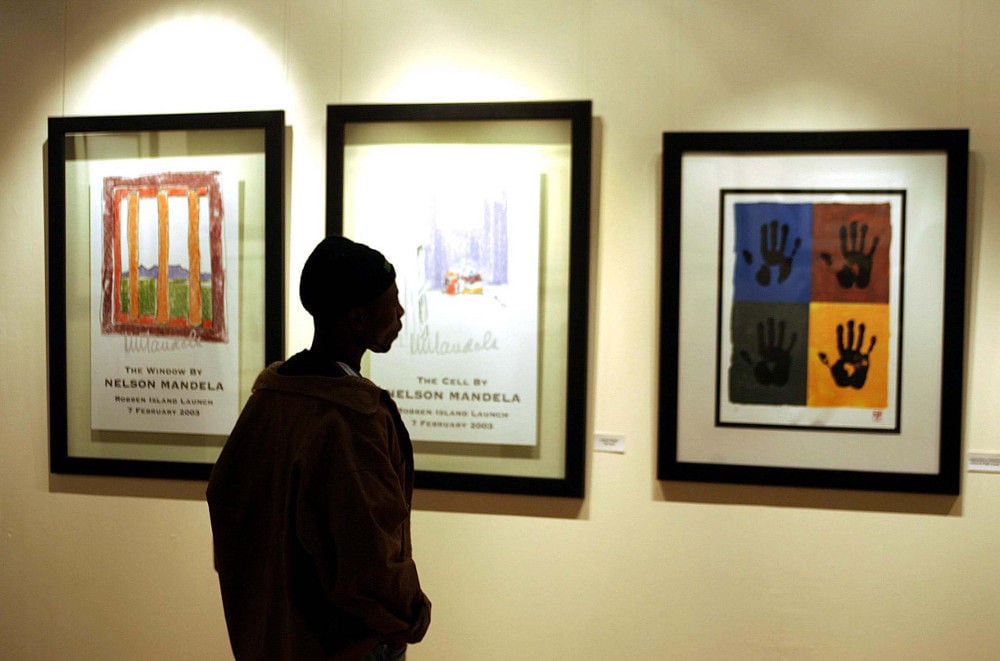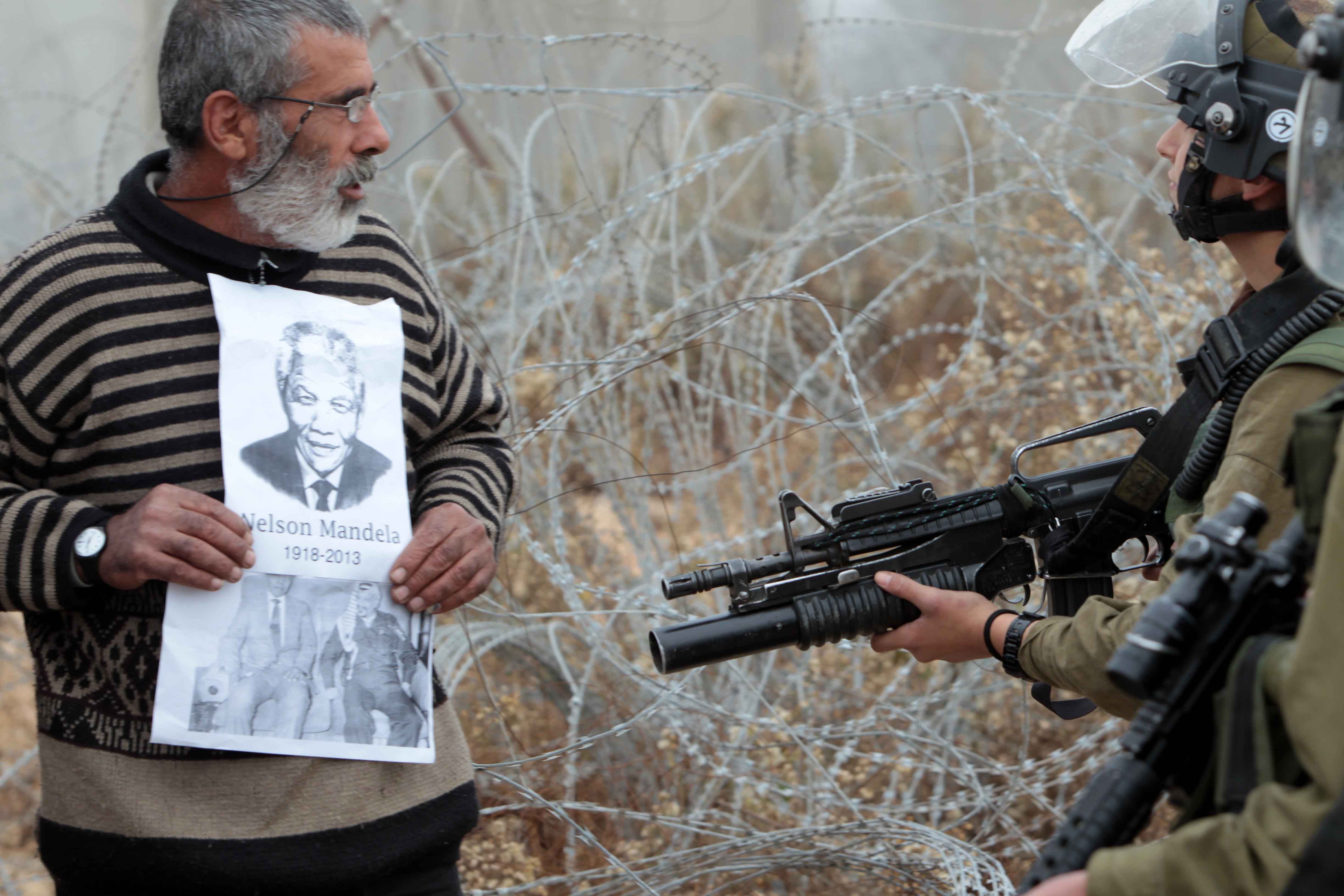
The world pays tribute to Mandela (slideshow)
As South Africans come to terms with the loss of former president Nelson Mandela, the rest of the world bids farewell to Madiba.
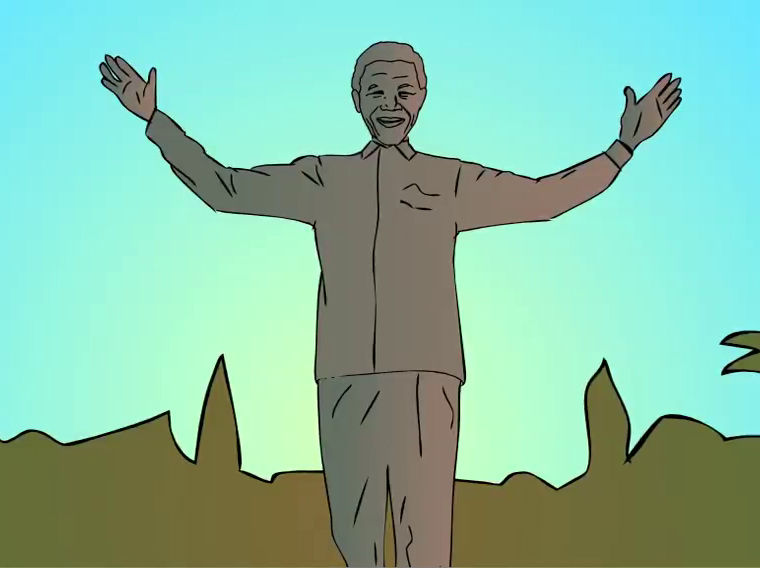
Pimples: Saving Madiba's rabbit (video)
Gwede, Mac and Blade try their best to stop the rabbit from whispering in Mandela's ear. But the elusive animal has some tricks up its sleeve.
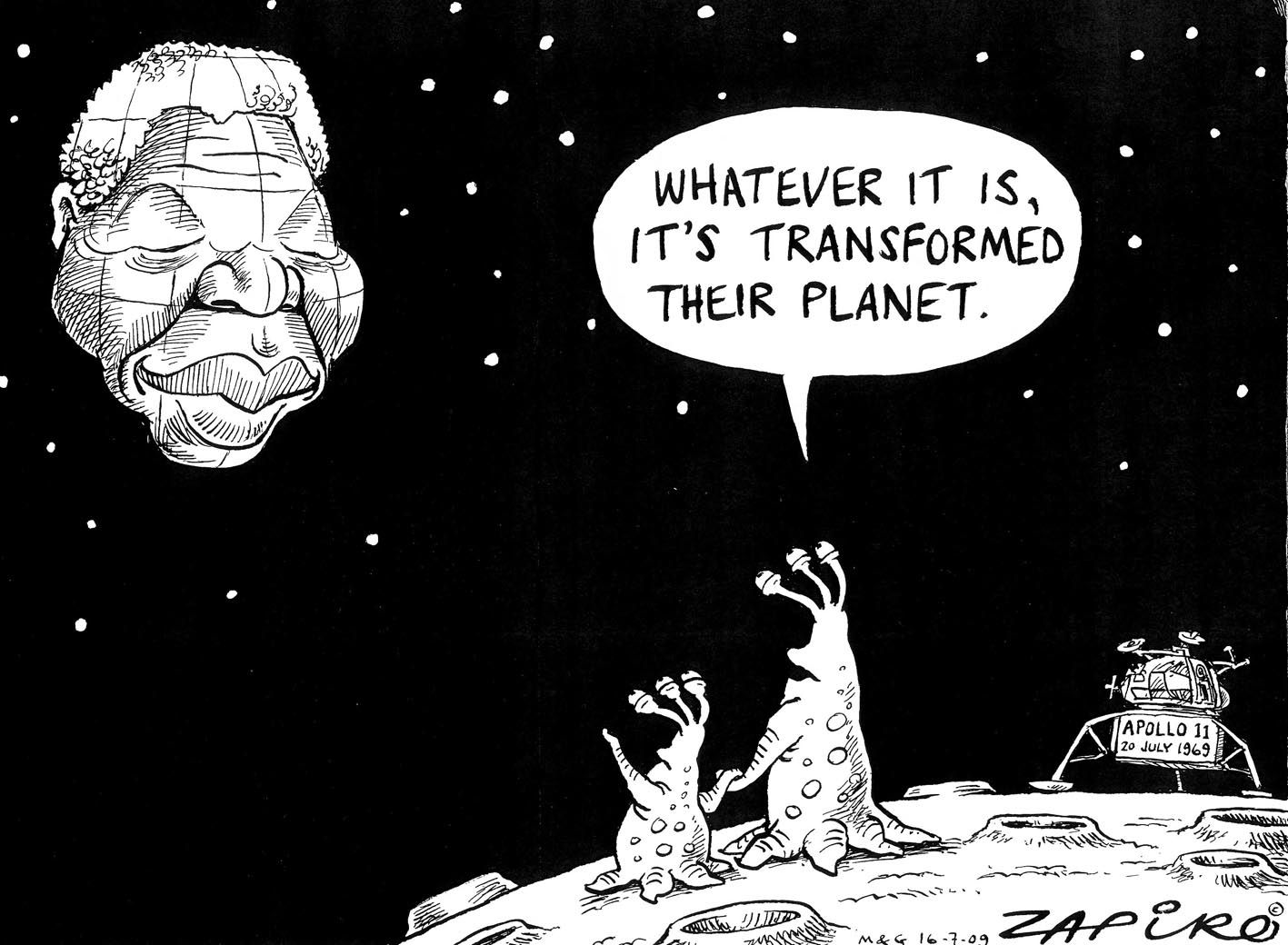
Zapiro's best Madiba cartoons (slideshow)
From his toughest moments to his most triumphant, Madiba has been an inspiration. Here are some of our favourite Zapiro cartoons about him from 1994 to 2013.
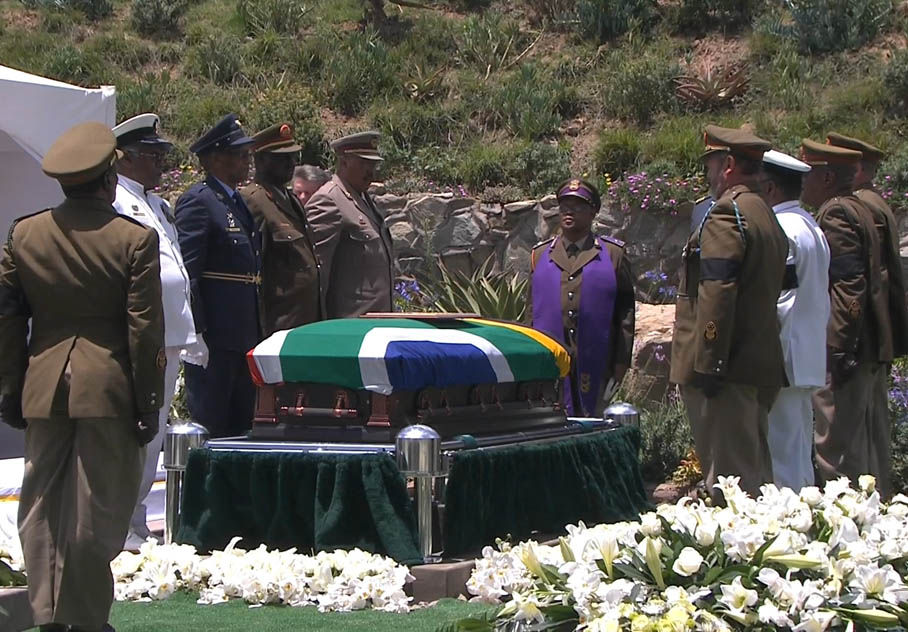
Mandela: SA's greatest son laid to rest (slideshow)
The world watched as Nelson Mandela was finally laid to rest in his hometown of Qunu following a dignified and moving funeral ceremony on Sunday.
Although close family members of Nelson Mandela allege that money earned from the sale of his art has been seriously mismanaged, trade in his work remains brisk, controversy or not.
Two of Mandela's daughters, Makaziwe and Zenani (who is the South African ambassador to Argentina), with the support of a long list of grandchildren, this week launched a court bid for the removal of four high-profile individuals as directors of companies involved in the commercialisation of Mandela's work.
The matter has pitted Mandela's former lawyer, Ismael Ayob, acting for the family, against a formidable quartet: the advocate George Bizos, Human Settlements Minister Tokyo Sexwale, Eastern Cape Judge President Clement Sangoni and the lawyer and businessperson Bally Chuene.
With ugly allegations and counterallegations swirling around and with statements being repudiated, the matter seems set to be before the courts for some time, leaving tens of millions of rands in limbo.
But Mandela art remains a good seller. "It's a slow-moving item, it's expensive but I make a living out of it," said André Blignaut of the Clock Tower Gallery in Cape Town, one of two major dealers in Mandela's art. "I'm not at liberty to give numbers but there is regular movement. It's probably 50% of my business."
Blignaut said the works, mostly limited-edition lithographs, fetched anywhere between R45 000 and R150 000 each, with collectors vying for particular images.
The work currently on the market came into circulation before 2005, when Bizos and Chuene, acting on behalf of Mandela, obtained an interdict to prevent the further supply of such art, removing control of the work from Ayob and his business partner, Ross Calder.
Chuene tried to halt the resale of work, Blignaut said, but never succeeded, leaving him free to trade in it. "That controversy did damage the marketability," Blignaut said.
But he had never come across a fake, which helped to bolster confidence.
It is not clear whether the latest legal tussle will deter buyers, or whether it will open the door to new lithographs being produced.
In papers before the South Gauteng High Court, Ayob and the Mandela daughters make it clear they are unhappy with the management of money that was due to flow to the Mandela children and grandchildren.
The four directors they want removed from various companies and the Mandela Trust, which would ultimately make payments to the family, "blocked any distribution of income and capital", they say.
They also allege that the proceeds of the original sale of the artwork, believed to be about R20-million, were invested in accounts drawing interest of no more than 1.65% a year, well below commercial rates available for far smaller amounts.
Although Ayob has described Bizos and the other directors as company hijackers, they have been responding in a more measured fashion, through their lawyers, but rubbishing the claims nonetheless.
What neither side has addressed is the sensitive issue at the heart of the matter: Mandela's state of health.
In 2004, Mandela abruptly dropped Ayob as his personal attorney and effectively made Bizos and Chuene, among others, trustees of his affairs. Ayob opposed those changes.
Since then, several parties, including Ayob, have been accused of exploiting Mandela's frailty in an attempt to manipulate his affairs.


